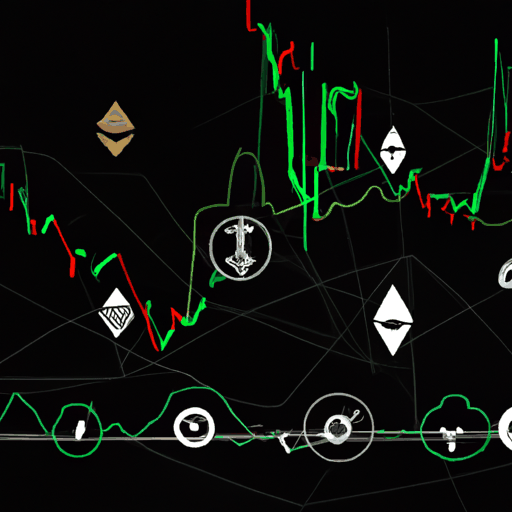
SWIFT Integrates Blockchain into Global Payment Network
By: Isha Das
In a significant development for the financial sector, the Society for Worldwide Interbank Financial Telecommunication (SWIFT) has announced the integration of a blockchain-based ledger into its vast infrastructure. This move is being executed in collaboration with Consensys, highlighting a strategic leap towards digital finance by connecting banks, tokenized deposits, and digital asset platforms directly to the largest payments network in the world. As SWIFT processes around $150 trillion in cross-border transactions annually, this shift underlines an evolution in payment settlements, merging traditional bank-grade infrastructure with decentralized blockchain technology.
SWIFT's approach with this new blockchain ledger is not to operate as an independent chain but to act as an interoperability framework. This integration aims to seamlessly stitch together digital asset ecosystems, tokenized deposits, and potential central bank digital currencies with existing fiat systems. By embedding this new capability, SWIFT positions itself as a central connector of diverse financial ecosystems, reducing the need for global banks to custom-develop integrations for each unique stablecoin or tokenized asset platform.
This development raises important considerations for the cryptocurrency market. The introduction of a SWIFT-native mechanism for banks to issue tokenized deposits and engage in on-chain settlements may shift the market dynamics for existing stablecoin transactions. Traditionally, stablecoins like USDC have served as the backbone for dollar settlements in the crypto sphere, facilitating billions of transactions. With SWIFT's new ledger, there could be a change in incentives, potentially diverting transaction volumes from stablecoin corridors to more traditional banking channels, thereby squeezing margins for current crypto players.
The implications for major cryptocurrencies, such as Bitcoin and Ethereum, could vary. Although these cryptocurrencies are not designed with settlement finality in mind, they are interlinked with global financial flows through mechanisms like ETFs and derivatives. Consequently, lowering settlement costs via the SWIFT ledger could diminish the role of crypto rails in arbitrage and settlement scenarios. However, it might also pave the way for banks to become more familiarized with tokenized liabilities, possibly incorporating BTC or ETH liquidity in novel collateral frameworks.
Despite these opportunities, integrating a permissioned ledger with public blockchains presents challenges, potentially leading to isolated systems instead of seamless liquidity. SWIFT's past experiences, such as the successful global adoption of its GPI program, suggest that once clear standards are established, widespread adoption tends to follow swiftly.
Ultimately, SWIFT's latest move represents an intriguing counter-narrative to the popular belief that public blockchain networks would naturally dominate cross-border settlements. This integration could either disrupt established stablecoin pathways or catalyze the broader market for tokenized settlements, where liquidity in Bitcoin and Ethereum remains a critical factor. As the transition unfolds, how banks perceive and deploy these technologies will significantly shape the competitive landscape in global financial services.



